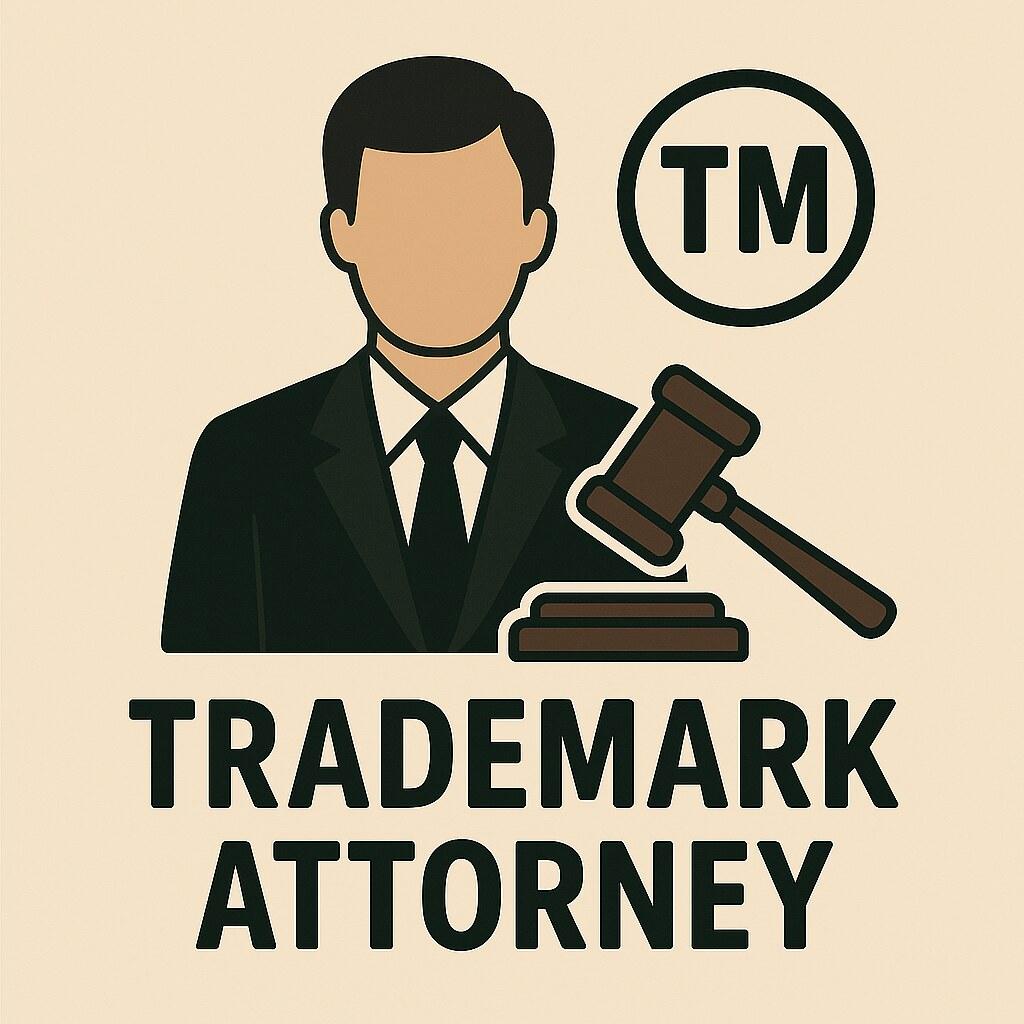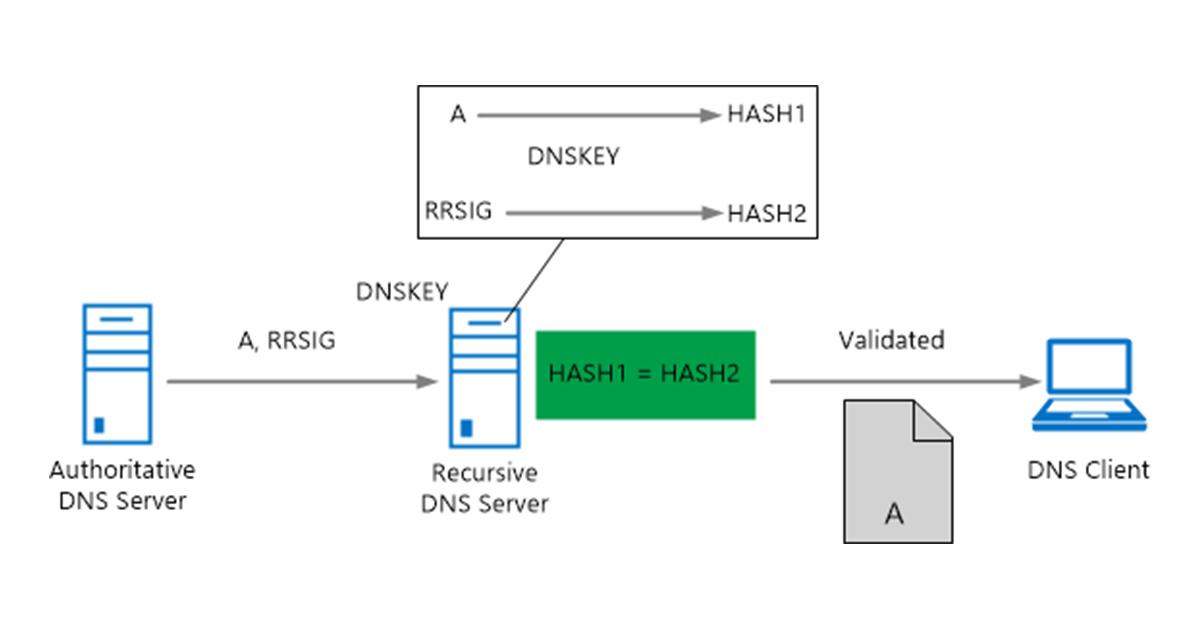Table of Contents
- Choosing the Perfect Domain Name for Your Brand Identity
- Evaluating Domain Name Extensions and Their Impact on SEO
- Understanding the Domain Registration Process Step by Step
- Essential Tips for Securing Your Domain Name from Cyber Threats
- Maximizing Your Domain Name Investment for Future Growth
- Q&A
- The Conclusion


Choosing the Perfect Domain Name for Your Brand Identity
When it comes to establishing your brand’s online presence, the domain name you choose can make all the difference. A good domain name is memorable, easy to spell, and reflects your brand’s identity. Here are some essential tips to consider:
- Keep it Short and Sweet: Aim for a concise domain name that captures your essence. Ideally, it should be no longer than 15 characters.
- Incorporate Keywords: Including relevant keywords can boost your SEO efforts, making it easier for potential customers to find you.
- Choose the Right Extension: While .com domains are the most popular, consider other extensions like .net, .org, or niche-specific ones to better suit your brand.
It’s equally important to ensure that your chosen name is unique and not infringing on any trademarks. Doing a quick search on domain registration sites and social media platforms can help you confirm that your desired name is available. Furthermore, considering an emotionally appealing name can also work wonders for brand recall. Think about how you want your audience to feel when they see or hear your domain name.
After you’ve brainstormed a few options, get feedback from your peers or potential customers. A fresh perspective can highlight aspects you might have overlooked. Here’s a quick comparison table to help you evaluate your domain name options:
| Domain Option | Length | Memorability | SEO Potential |
|---|---|---|---|
| bestwidgets.com | 13 | High | Strong |
| widgetsandmore.com | 16 | Medium | Moderate |
| widg.lt | 7 | High | Weak |
Evaluating Domain Name Extensions and Their Impact on SEO
The choice of a domain name extension—often referred to as a top-level domain (TLD)—can profoundly shape your online presence and SEO strategy. Beyond simply being an address for your website, the TLD plays a crucial role in how search engines perceive your site. For instance, popular extensions like .com, .org, and .net are widely recognized and trusted by users, which can lead to a higher click-through rate. Conversely, lesser-known or uncommon TLDs may not inspire the same level of trust among potential visitors, impacting traffic and search rankings.
When evaluating domain extensions, it’s essential to consider your target audience and the nature of your business. Country-specific TLDs, such as .uk for the United Kingdom or .ca for Canada, can enhance local SEO efforts by signaling to search engines and users alike that your site is relevant to a specific geographical area. In contrast, niche TLDs like .tech for technology-related businesses or .shop for e-commerce can help target specialized markets more effectively, appealing directly to your ideal customer demographic. Here’s a quick overview of some common TLDs and their implications for SEO:
| TLD | Best For | SEO Impact |
|---|---|---|
| .com | General use | Widely recognized, enhances credibility |
| .org | Non-profits and organizations | Perceived as trustworthy, ideal for NGOs |
| .net | Technical or networking sites | Good alternative if .com is unavailable |
| .co | Startups and businesses | Popular choice, though less established trust |
Ultimately, the domain name extension you choose can set the tone for your brand’s identity and influence how users and search engines interact with your site. Selecting the right TLD requires a complete understanding of your audience’s preferences and the competitive landscape. As you plan your domain strategy, remember that a well-chosen extension paired with a compelling domain name can significantly enhance your overall SEO efforts, driving both traffic and customer engagement effectively.


Understanding the Domain Registration Process Step by Step
Embarking on the journey to acquire your own domain name can be an exciting venture. The first step is to choose a catchy and relevant name that reflects your brand or project. Think about keywords that resonate with your audience and consider variations that could enhance visibility. Popular domain registrars like GoDaddy, Namecheap, and Bluehost provide search tools to check the availability of your desired name. Be sure to have a few back-up options in case your first choice is taken.
Once you’ve settled on a domain name, you’ll need to register it through a registrar. During this process, you will be required to provide some essential information, including your contact details and payment information. Most registrars offer a simple step-by-step process that guides you through the necessary steps—don’t skip the fine print! Here are some crucial aspects to be aware of:
- Domain Extensions: Choose from .com, .net, .org, or trendy options like .tech or .design.
- Registration Period: Domains are typically registered for one year, with options to extend.
- WHOIS Privacy: Consider adding this service to protect your personal information from public view.
After your purchase, make sure to verify your email to complete the registration process. Maintaining your domain name involves keeping track of its renewal date and ensuring that your contact information remains current with the registrar. Here’s a simple table to help you track important aspects of your domain:
| Task | Frequency | Details |
|---|---|---|
| Check Domain Expiration | Yearly | Ensure you renew before it expires to avoid losing it. |
| Update Contact Information | As Needed | Keep your email and phone number current for notifications. |
| Review Domain Settings | Quarterly | Manage DNS settings and ensure WHOIS privacy is active. |


Essential Tips for Securing Your Domain Name from Cyber Threats
When it comes to safeguarding your domain name, choosing the right registrar sets the foundation for a secure online presence. Select a provider known for its strong security protocols. Look for features such as two-factor authentication (2FA) and a domain lock option. These measures can significantly reduce the chances of unauthorized transfers or access to your account. Additionally, consider registrars that offer whois privacy protection, keeping your personal information shielded from prying eyes.
Proactive monitoring is key in detecting any potential threats early. Regularly check your domain’s DNS settings for unexpected changes, and set up alerts for any modifications. It’s also wise to keep track of your domain’s expiration date; missing a renewal can lead to your domain being seized by someone else. Here’s a helpful tip: maintain a checklist to ensure that you stay on top of these crucial tasks:
| Task | Frequency | Status |
|---|---|---|
| Check for DNS changes | Monthly | [ ] |
| Update registrant information | Annually | [ ] |
| Review expiration date | Quarterly | [ ] |
Additionally, enhance your domain’s security through technology. Implementing an SSL certificate will encrypt data transferred between your users and your site, which not only keeps your visitors safe but also contributes to better SEO rankings. Furthermore, consider using a web application firewall to protect against various types of attacks, such as DDoS or cross-site scripting. Keeping your entire online environment secure is an ongoing process, but with these strategies in place, you can significantly mitigate risks and maintain a robust defense for your domain.


Maximizing Your Domain Name Investment for Future Growth
Investing in a domain name goes beyond merely securing a web address; it plays a critical role in enhancing your brand’s visibility and longevity in the digital landscape. To truly capitalize on your domain name, start by selecting a name that aligns with your business objectives. Seek names that are not only memorable but also descriptive and relevant. A great domain should encapsulate the essence of your brand while being easy for customers to recall and type. Consider utilizing popular keyword phrases related to your niche, as this can provide an SEO advantage, driving organic traffic to your site.
Once you acquire a domain name, think strategically about its branding potential. Consistency is key; ensure that your domain name matches your business across all platforms—from social media handles to your email address. This uniformity helps to build trust and recognition among your audience. Additionally, consider expanding your digital real estate by acquiring similar domain names or key variations. This not only prevents competitors from encroaching on your brand but can also enhance your marketing efforts by redirecting traffic from typos or alternate extensions.
To maximize the future growth of your domain investment, it’s essential to monitor and adapt to changing digital trends. Utilize web analytics tools to measure your domain’s performance, gaining insights into visitor behavior and traffic patterns. This data can inform future decisions, such as rebranding or expansion. Remember to keep your domain updated with relevant content and ensure that it remains mobile-friendly and secure. Consider registering your domain for several years and enable auto-renewal to mitigate the risk of losing it, ensuring that your investment continues to thrive in the evolving online ecosystem.
Q&A
Q&A: Everything You Need to Know About Buying a Domain Name
Q1: What exactly is a domain name?
A: A domain name is your website’s address on the internet. It’s the string of characters that users type into a web browser to access your site. For example, “example.com” is a domain name. It represents a unique location for your online presence and is vital for establishing your brand identity on the web.Q2: Why do I need to buy a domain name?
A: Owning a domain name is critical for building a professional online presence. It enhances your credibility, makes your business easy to find, and gives you full control over your online identity. Whether you’re running a personal blog, a small business, or a large corporation, a unique domain helps you stand out in today’s digital landscape.Q3: How do I choose the right domain name?
A: Choosing a domain name involves several key factors:- Simplicity: Go for a name that is easy to spell and remember.
- Relevance: Ensure the name reflects your brand, business, or the content you provide.
- Length: Shorter domain names are easier to recall and less prone to typos.
- Keywords: If possible, include keywords relevant to your niche, as this can help with SEO.
- Extension: Decide on a domain extension (such as .com, .net, or .org) that suits your purpose, with .com generally being the most recognized.

